At precisely 10 a.m. one January morning in 1964, Richard Selzer, ashimmer in jewels and satin, descended the curving staircase of his 28-room mansion in Los Angeles and became a star. “Ladies, gentlemen, and members of the media,” he began, his words unfolding like a cashmere blanket. “Here are the worst-dressed women in Hollywood.”
From that moment forward Selzer would rule as America’s most powerful arbiter of celebrity fashion for more than 30 years. Armed with the couture-label name Mr. Blackwell and a drag queen’s wit (Elizabeth Taylor “should give up looking for a designer and find an architect!”), he traumatized the A list but enthralled the press corps and millions of readers. “Mr. Blackwell reigned,” says Hitchcock muse Tippi Hedren, 85, who met Selzer in 1963 and befriended him and his partner, Robert Spencer. The trio remained pals for more than 40 years, and while she never landed on his worst-dressed list, she witnessed the impact of his withering gaze on her peers. “To have your head pinched off because you didn’t have the right gown on is pretty awful,” she says.
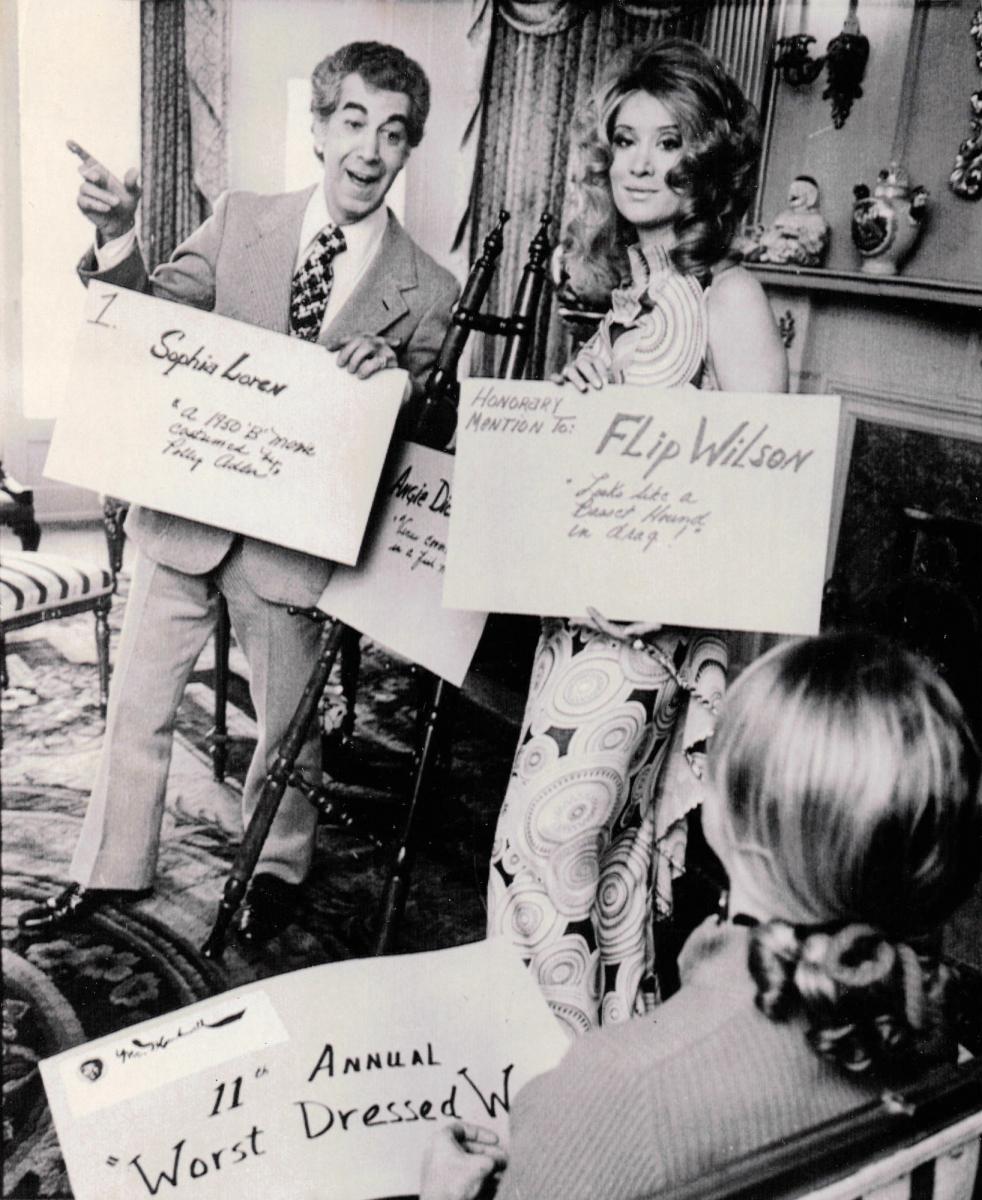
Blackwell’s
Worst of
the Worst
Cue the ironic slow clap for these 10 women who, over the 48 years of Mr. Blackwell’s worst list, made the most appearances. Some, like Madonna, even looked forward to making the list.
-
1 Madonna
Open or Close

Blackwell followed Madonna through every incarnation. Wondering if she noticed? “I think I always make the worst-dressed list,” Madonna said in 1989. “It’s just silly. But it is kind of nice having something you can count on.”
-
2 Barbra Streisand
Open or Close
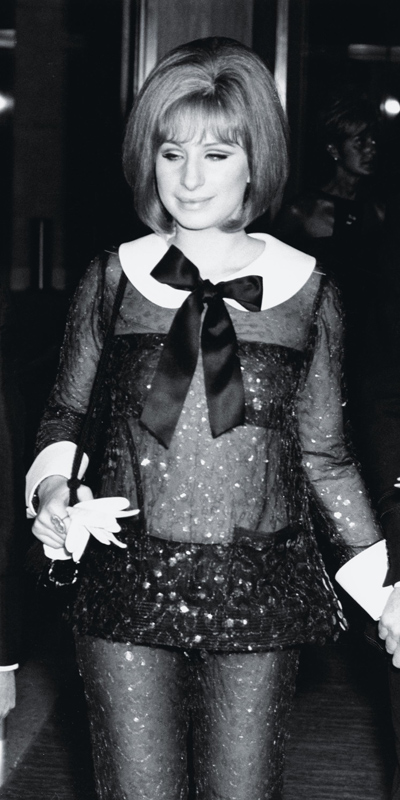
“Yesterday’s see-through,” Blackwell said about Streisand’s Oscar look in 1969, when she won for Funny Girl. He later called her “a masculine bride of Frankenstein.” And in 1990 he laid it down with “Yentl’s gone mental!”
-
3 Raquel Welch
Open or Close
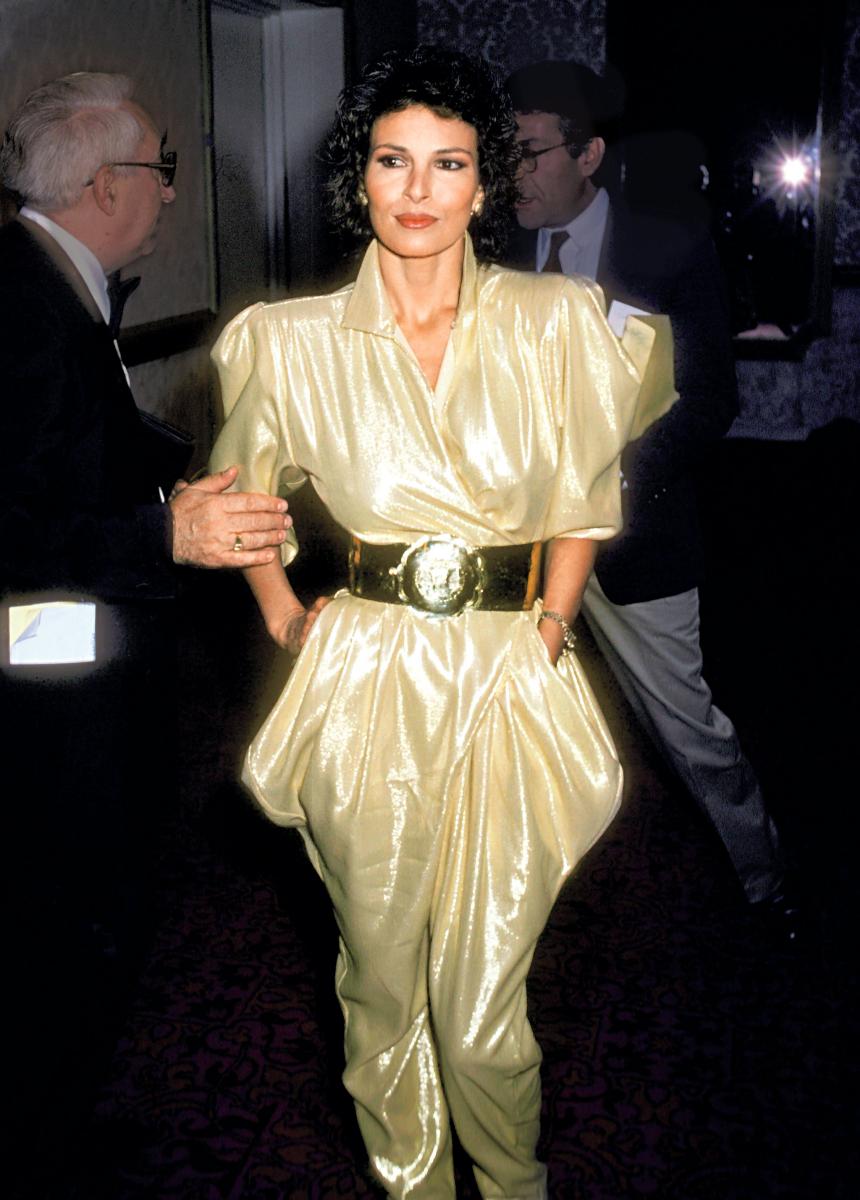
While Welch was an undisputed sex symbol in the ’60s, she was also a stalwart of Mr. Blackwell’s list. Not that Blackwell didn’t appreciate her body. “Trying to keep abreast of the times, with those clothes, is hard!”
-
4 Britney Spears
Open or Close

Spears was set to have seven “wins” on the worst list, but Blackwell kindly left her off his last burn-book page in 2008, because her life was “in such upheaval.” But she still managed to edge out another perennial target...
-
5 Elizabeth Taylor
Open or Close
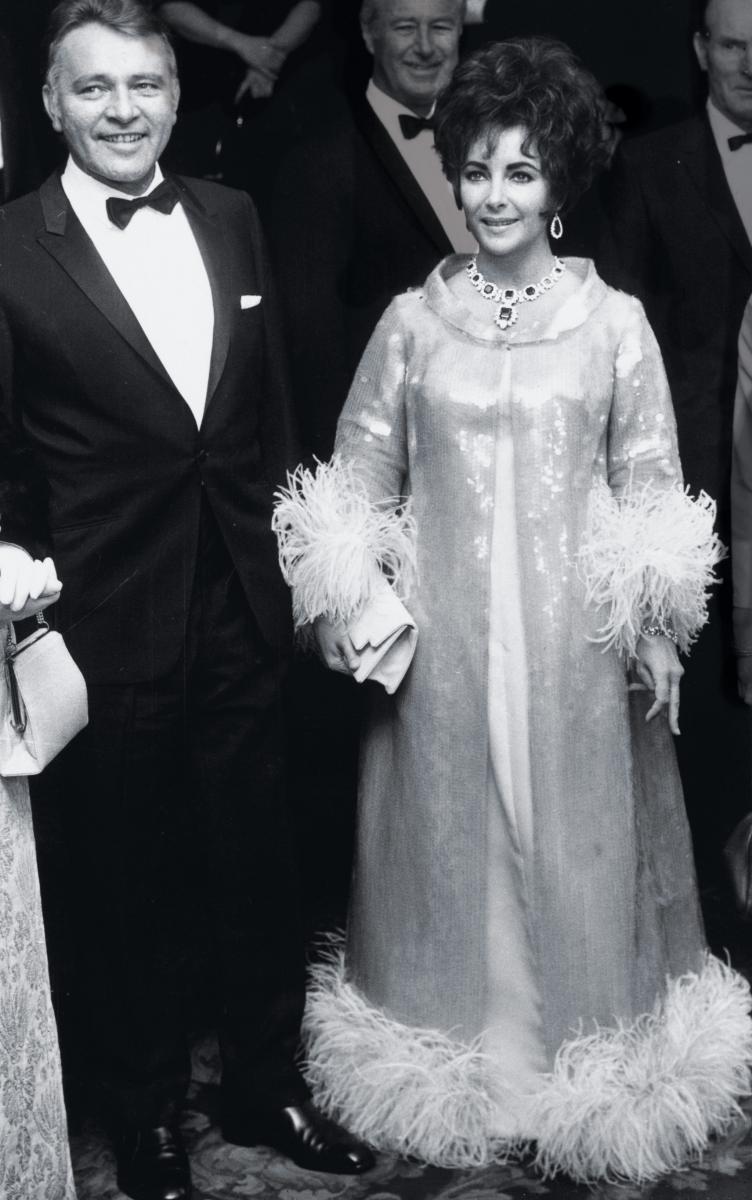
“I like women to be pretty,” Mr. Blackwell said. And thin—he had no mercy for Taylor’s waistline. “Looks like two small boys fighting under a mink blanket,” he groused. Her response, according to friends: “Oh, that little bitch!”
-
6 Julie Andrews
Open or Close
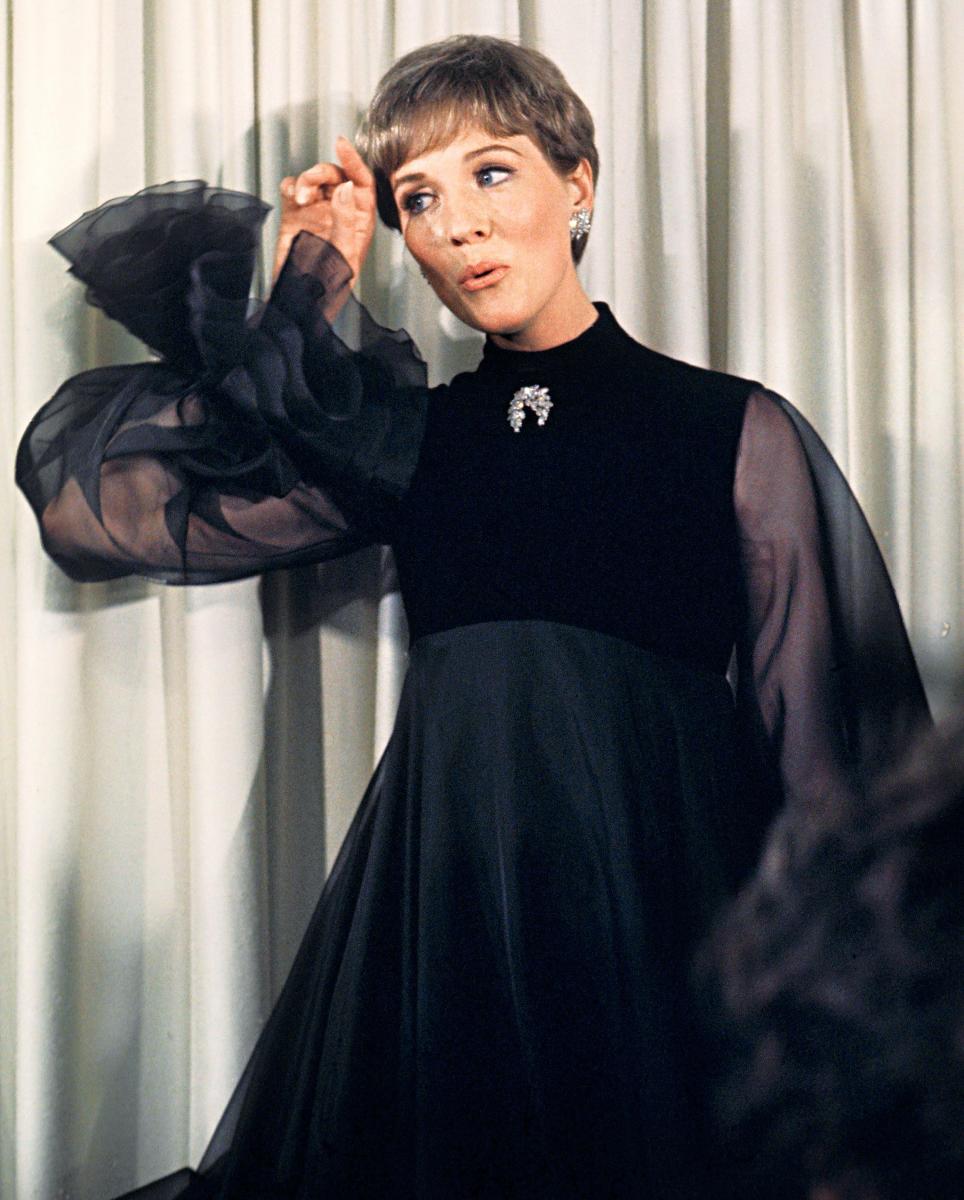
“A plain-Jane Pollyanna playing Peter Pan at half-mast,” Blackwell announced in 1966, when Andrews made the list at No. 2. He followed that up with “a rejected cover girl for a Charles Dickens novel.”
-
7 Cher
Open or Close
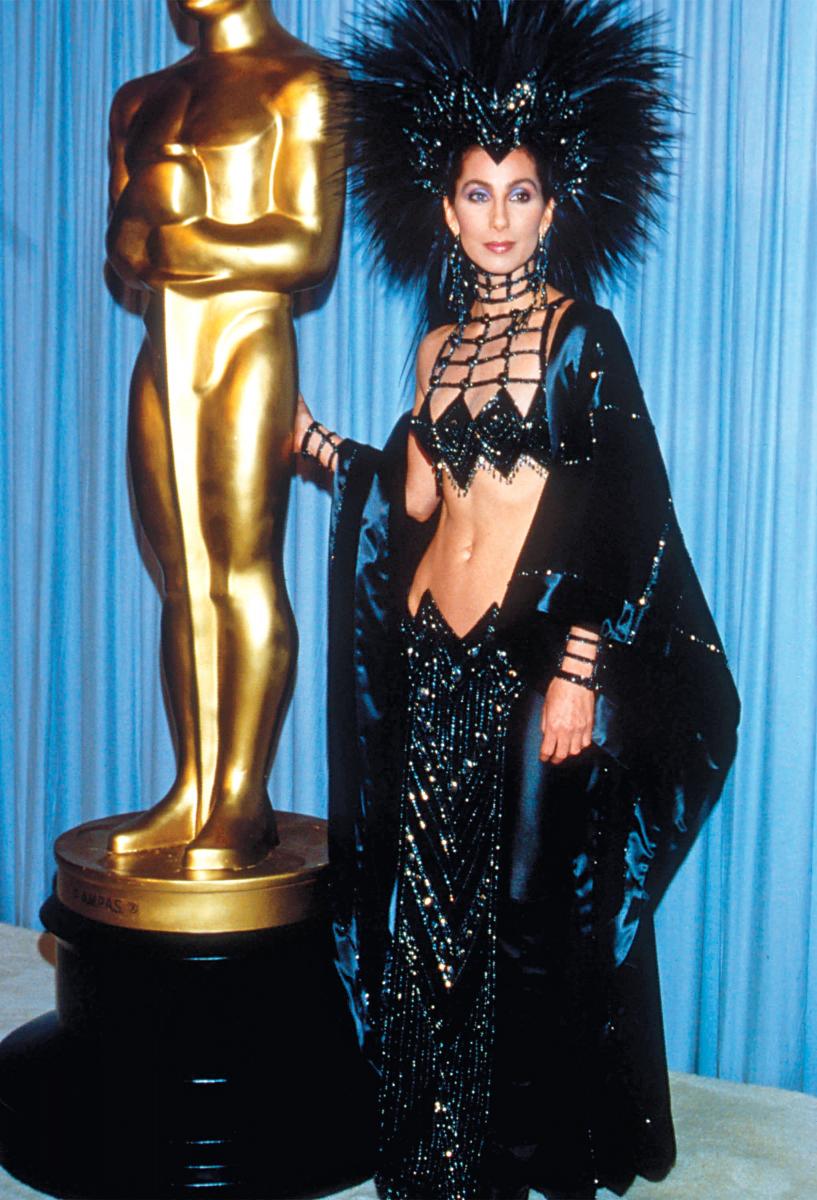
“A plucked cockatoo setting femininity back 20 years!” Or “a million beads and one overexposed derriere.” We don’t know which shady couplet is better—but it does make us miss the idea of an Oscar-night headdress.
-
8 Lindsay Lohan
Open or Close
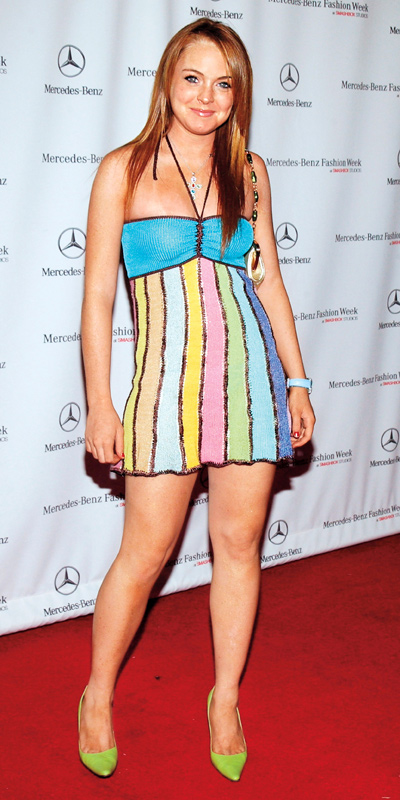
“Overhyped and underdressed, what’s happened to Lindsay?” Mr. Blackwell asked in 2005. He polished off his barb with “When it comes to fashion, she’s a schizophrenic frenzy.” (He saw that coming.)
-
9 Dolly Parton
Open or Close
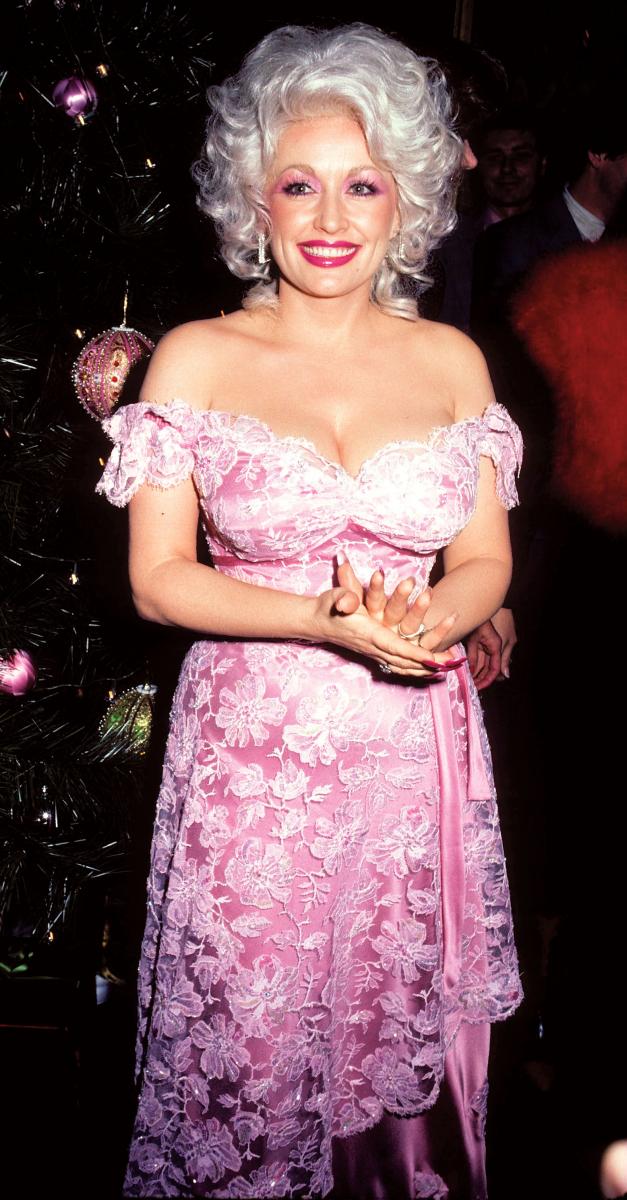
Parton has always liked to say, “It takes a lot of money to look this cheap.” Blackwell always liked to make fun of her boobs. “An atomic jelly bean explosion!” And “a ruffled bedspread covering king-size pillows.”
-
10 Whoopi Goldberg
Open or Close
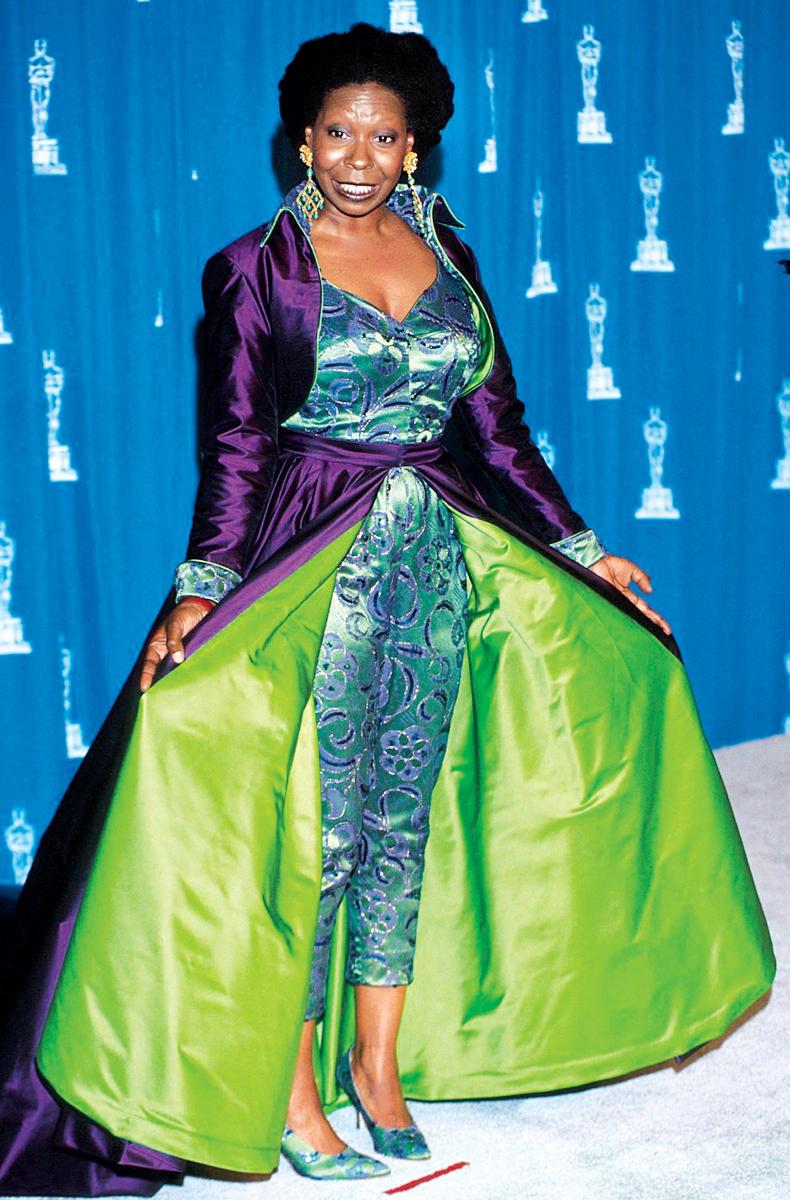
“Whoops!” was Blackwell’s go-to description for the four-time Oscar host. He later added that “she goes out of her way to look bad.” Her response to the nastiness? Thank-you notes and flowers.
LISTEN: Mr. Blackwell discussing Oscar fashion with the Canadian Broadcast Centre in 1981—and how “Dolly Parton looked like she combed her hair with a lawnmower.”
But the experience from the other side of the velvet rope has always been enjoyable. If you’re younger than 40, you’ve come of age seeing Joan Rivers, who died last year, and her daughter, Melissa, praise and pummel awards-show attire live on the red carpet and later on E!’s Fashion Police. They are credited with upending the entire fashion universe with the simple question “Who are you wearing?” True—but to be fair, they were standing on Blackwell’s shoulders. “When he said ‘best and worst,’ it meant something,” Melissa says. “He really did start all of this.”
This is now the modern red-carpet fashion-entertainment complex, a collusion of designers, stylists, and of course the stars themselves who can exploit an appearance on a best-dressed list to land magazine covers, beauty ads, and even movie roles.
Awards-show arrivals have become bigger than the awards themselves as the rest of us, on our couches, hate-tweet the whole thing in real time. This is how Tony winner Christine Baranski found herself suffering the prostate exam that is the revolving E! GlamCam 360 (sponsored by Volkswagen) at the Golden Globes this year. And all of it—the 240 minutes of live red-carpet coverage, NeNe Leakes offering fashion critiques, Anne Hathaway reportedly earning $750,000 to wear some jewelry at the Oscars—begins with a little gay boy from Brooklyn who just wanted to be somebody.
Born in 1922, Richard Selzer traveled a long way to become Hollywood’s head Heather. As detailed in his 1995 autobiography, From Rags to Bitches, he grew up on the streets of Bensonhurst but moved into Manhattan to turn tricks on Central Park West, though he told his mom he walked rich people’s dogs. Wanting to act, he studied in L.A. alongside Mickey Rooney. After an ear tuck and nose job at 17, he won a small part on stage with Mae West and a cutting-room-floor role in a movie produced by Howard Hughes, who first christened him Blackwell. (Selzer also claimed to have had significant bedroom roles with Cary Grant and Randolph Scott, and also Tyrone Power. None of these men ever confirmed it.) Eventually Blackwell became an agent for cabaret singers, but the costumes he made for them got better reviews than their performances. He pivoted to fashion (sort of), designing ruffled and rhinestoned toilet-seat covers.
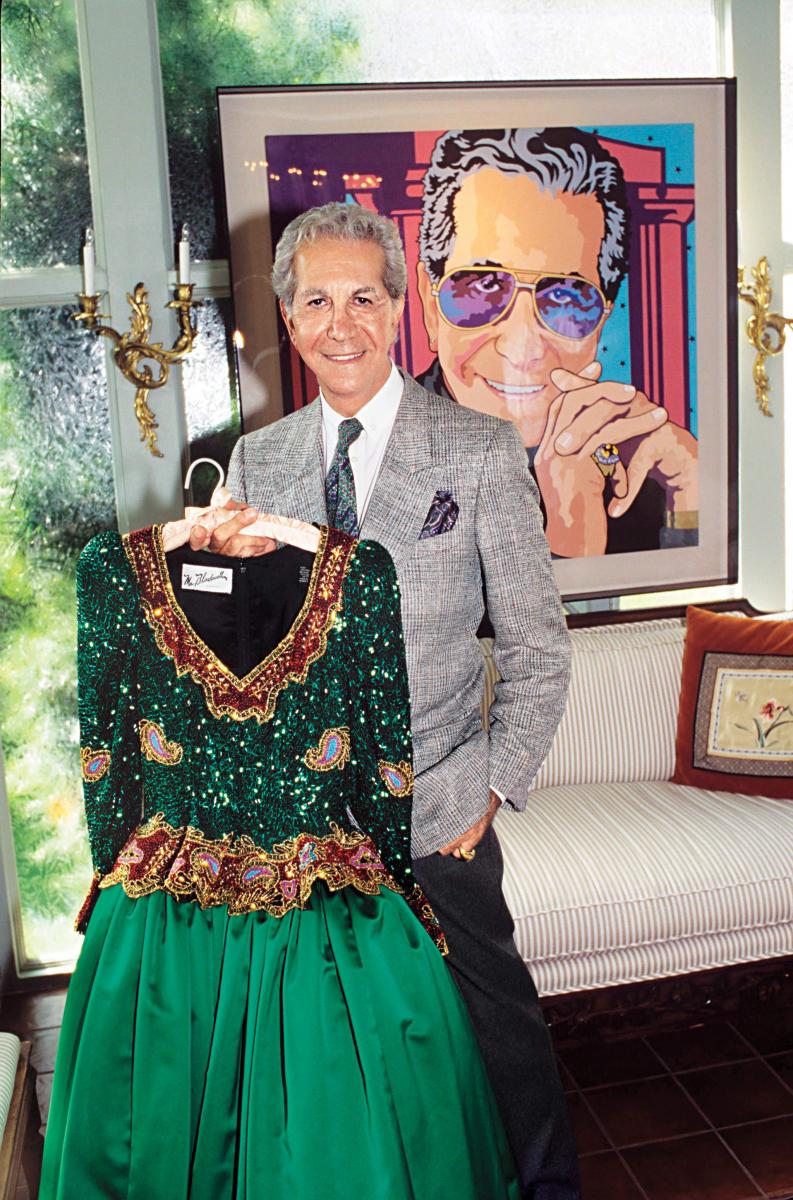
Mr. Blackwell with one of his gowns in 1994. ITV/REX USA
In 1958 he founded House of Blackwell, his line of made-to-order gowns, stitching large-bosomed actresses such as Jayne Mansfield and Jane Russell into flattering ensembles. Blackwell had unlocked the secrets of making stars shine brighter: a bolt of Duchess satin, a sturdy bra, weighted hems. So in October 1960 American Weekly magazine asked him to evaluate Hollywood’s best- and worst-dressed. It was as if he’d been waiting his whole life for that question.
Lucille Ball seems to bend over backwards to look ridiculous.
“Let’s face it,” Mr. Blackwell said of Howard Stern in 1996, “Howard’s ‘Miss America’ drag looks like Godzilla impersonating Gypsy Rose Lee.”
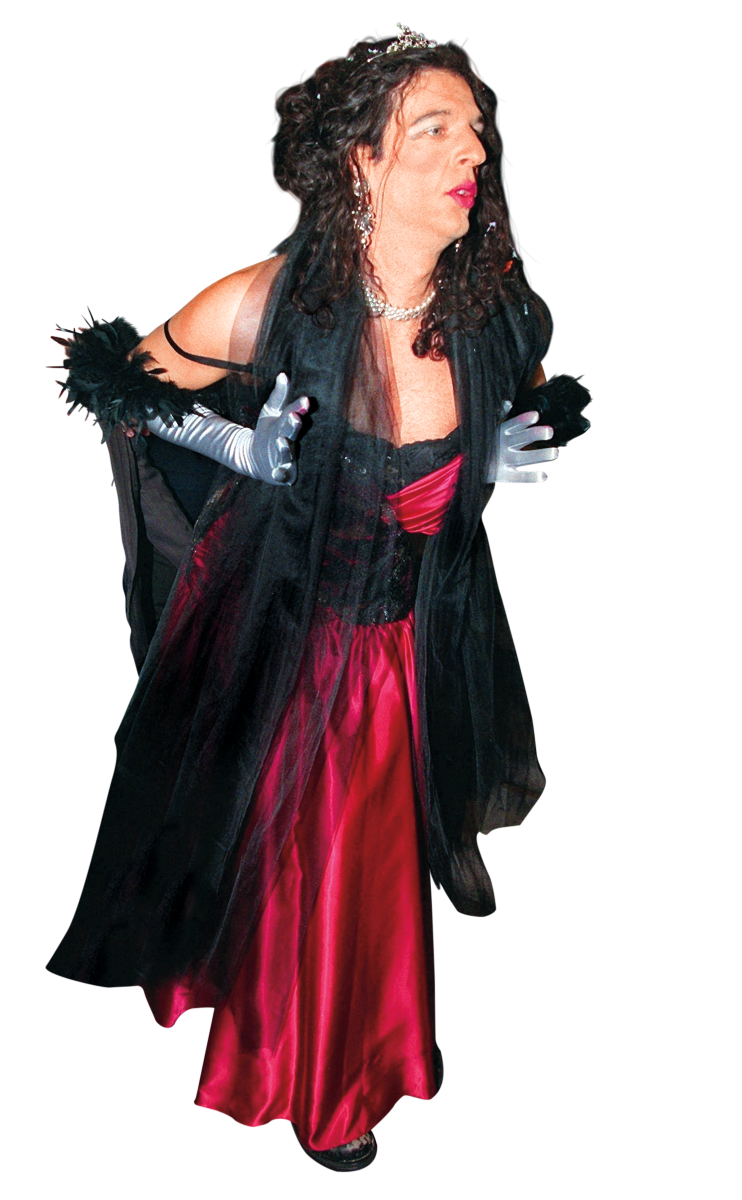
Shelley Winters is a rag doll brought to the circus and covered with pink cotton candy.
Anita Ekberg provokes the idea that she dresses with a shoehorn.
By the third year, the “best dressed” part of his list was a mere footnote—the public wanted to hear him eviscerate, not swoon—and by 1964 Blackwell was a national sensation, his worst-dressed declarations covered on the evening news and joked about on talk shows. Blackwell had ditched his first name—now it was just Mr.—and his legend grew. So did his ego. Soon that Norma Desmond trip down the staircase of his L.A. estate became an annual New Year’s ritual.
On the second Tuesday morning of every January, the media would gather for a press conference, complete with champagne and chocolate mousse tarts, in Blackwell’s Hancock Park home. At 10 a.m. he would make his entrance, pausing on the first landing for an Oh, hello! surprise face, before striking a pose on the bottom step and issuing his proclamations. “This year it’s a particularly petrifying group, a kaleidoscope of couture kitsch!” he would say as he moved in front of a Warholian portrait of himself. “Let the egos fall where they may.” By 11 a.m. he would return upstairs to gossip on his gold princess phone. Bitch was done.
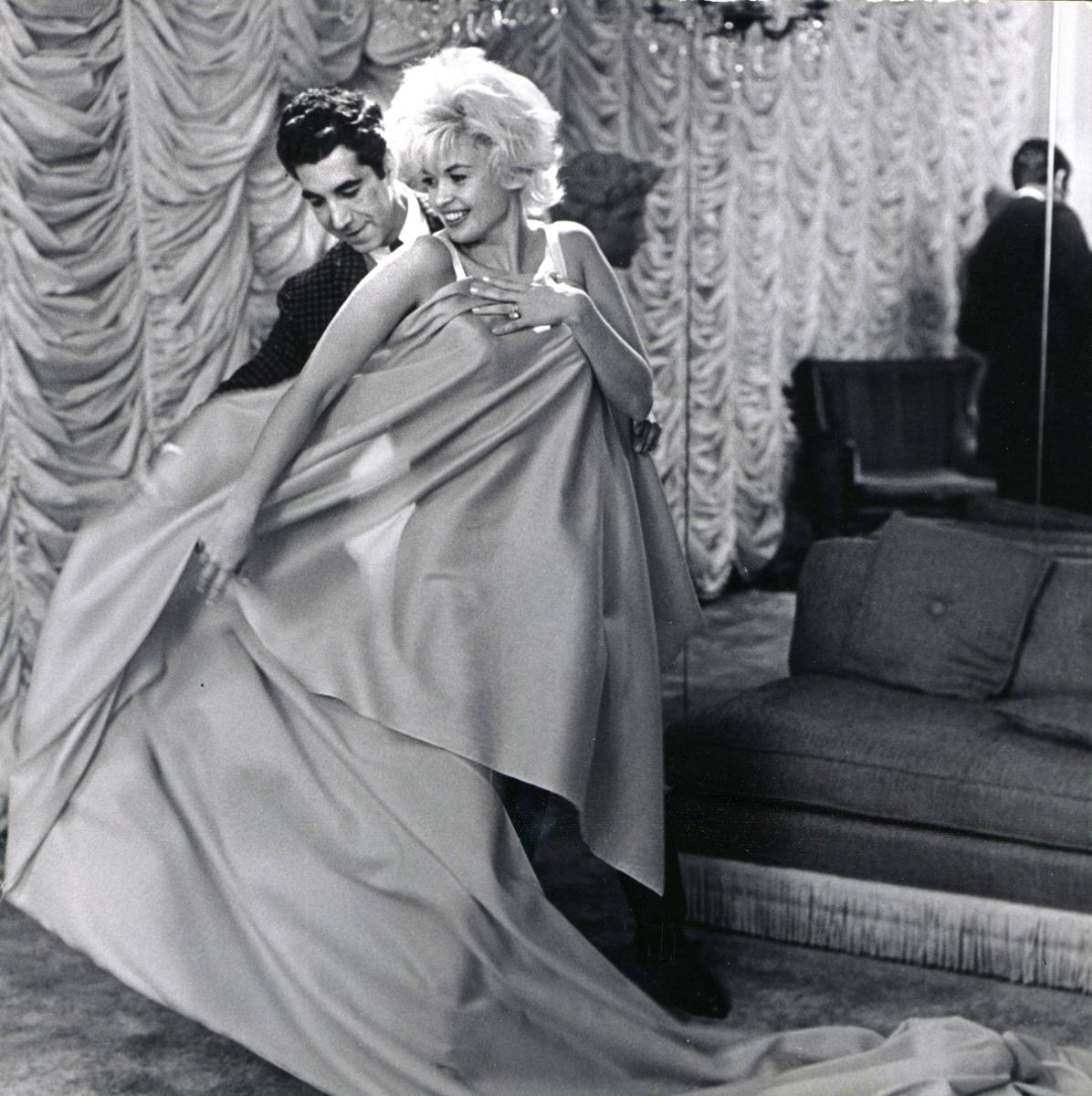
Mr. Blackwell and Jayne Mansfield at the Blackwell studio in downtown Los Angeles in the late 1950s. Blackwell said of Mansfield: "I designed for Jayne Mansfield for years, but with her taste for headline making publicity stunts, she had a hard time keeping anything on.” Courtesy of Harlan Boll
The persona of Mr. Blackwell—somewhere at the intersection of Endora on Bewitched and Hollywood Squares’ Paul Lynde—soon began to seep into his off-camera life. It eventually threatened to overwhelm it. “Sometimes I had to say, ‘Okay, put Blackwell away,’” says his longtime publicist and friend, Harlan Boll. “He could be, well, a lot.” Boll, 50, whom Blackwell considered his “adopted son,” says Blackwell based his character, in large part, on his own aunt Bertha and a certain golden-age movie star who had contacted him after she landed on his first best-dressed list. “There was a lot of Joan Crawford in Blackwell,” he says.
“She resembles a tattered toothpick trapped in a hurricane,” Blackwell surmised of Mary-Kate Olsen's style in 2008.
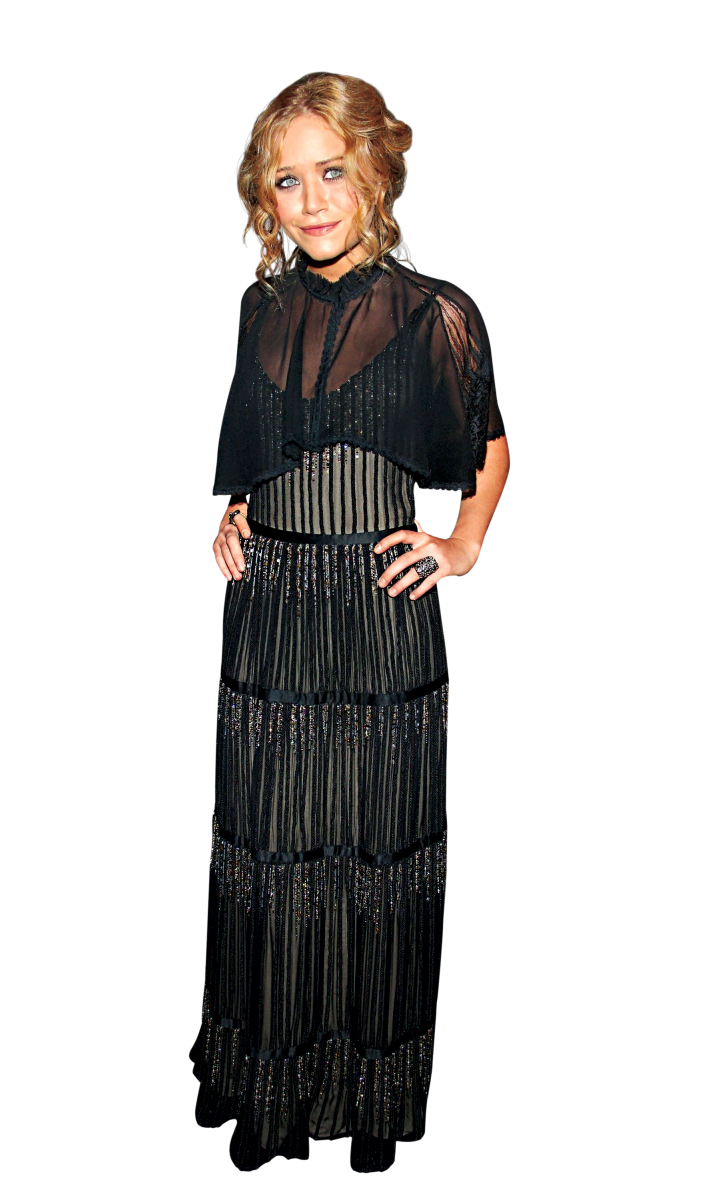
In one bizarre passage in Blackwell’s autobiography, he describes waiting in Crawford’s New York penthouse for her to receive him. Before she enters the room, however, he catches a glimpse of her down the hall. She’s staring into a mirror and repeating to herself like a mantra, “I am Joan Crawford. I am Joan Crawford. I am Joan Crawford.” (Let that sink in.) “Blackwell loved that story,” Boll says. Loved it enough to absorb it. Before public engagements, interviews, or even just dinner, Boll remembers, “he’d look in the mirror and say: ‘Mr. Blackwell...I have to be Mr. Blackwell.’ He thought you had to prepare yourself to be the Red Carpet Bitch.”
The public—and even some of the stars—loved him for it. “People campaigned to get on the worst list,” Boll remembers. “Agents, managers, and even the women themselves would call.” Blackwell became a regular on The Tonight Show with Johnny Carson. (Until he sued Carson in 1992 for $11 million for saying he added Mother Teresa to the worst-dressed list, claiming it ruined his reputation. The suit was dismissed.) He had a radio show and a local TV show, and over the years was parodied on Saturday Night Live and mentioned on Frasier and Seinfeld and in a Kiss song. (“You’re cold and mean and in between/You’re rotten to the core/You’re not well/ Oh, Mr. Blackwell.... Why don’t you go to hell?”)
Blackwell even turned his shtick into a cabaret act on cruise ships and at conventions. “He would eyeball the audience and say things like ‘Oh, honey, Lycra does not like her!’” Boll says. Being abused by Blackwell became both a status symbol and a tourist trinket. “I’ll never forget having lunch at the Four Seasons hotel with Blackwell,” Boll remembers of a day in 2003. “A man walked up and said, ‘Mr. Blackwell, my wife just loves you. It would be really great if you could insult her.’ ” Blackwell looked over at the wife, paused, and said loudly, “ ‘Sir, I’m shocked and appalled. With a wife like that, you really should be able to come up with your own insults.’” The couple howled. “As the guy walked away, Blackwell told me, ‘I stole that from Groucho.’”
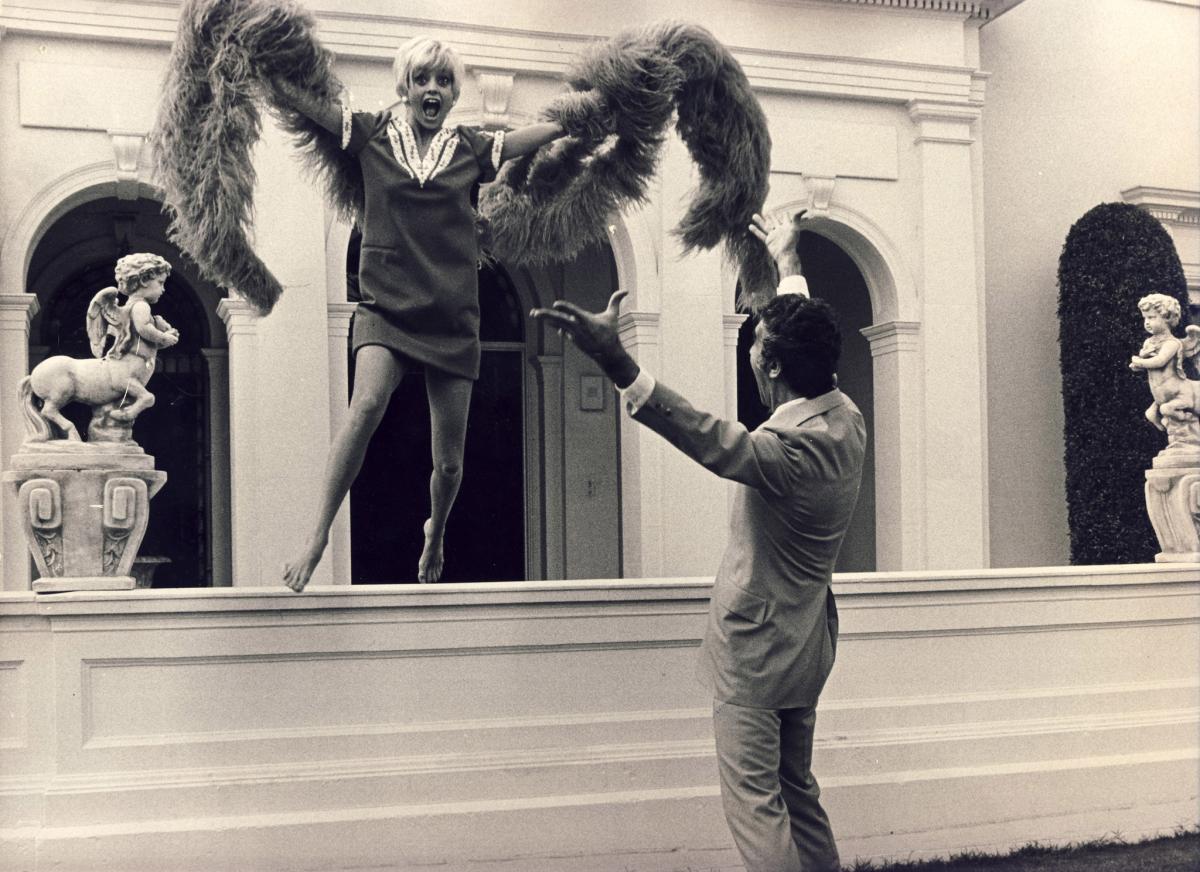
Goldie Hawn and Mr. Blackwell at his home in 1969. Courtesy of Harlan Boll
If you’ve felt an inevitable downfall approaching, here it is. He’d already survived three suicide attempts and in the last 10 years of Mr. Blackwell’s life, the guy just wanted to be Richard Selzer again. He’d never made it as an actor, but he couldn’t shake his one great character. As he rounded 80, after four or five face-lifts (“If you squint I look twice as good,” he liked to say), he became obsessed with his legacy. “Who is Mr. Blackwell?” he would ask no one in particular.
It drove him mad that he was never recognized as more than the Liberace of fashion by the Vogue-verified New York establishment. “Blackwell would remind everyone that he had a best-dressed list, too, but no one would print it,” Boll says. He started to defend his worst-dressed list in interviews, veering from “I’m just being honest” to recasting his critiques as “a tremendous documentary of Americana.” Striving for legitimacy, he told the Chicago Tribune in 1991, “If someone doesn‘t make a statement...about these absolute obscenities in fashion, then half of America is going to clone them.”
He was right. Cloning was upon us. When Joan Rivers first stepped onto the red carpet at the Golden Globes in 1994 (joined by Melissa at the Oscars a year later), Blackwell’s star was dimming. His fate? A celebrity’s biggest fear—irrelevancy. “He would never admit it in public,” Boll says, “but, yeah, he always kind of felt like, ‘Joan and Melissa are stealing my act.’”
Blackwell began to exhibit his lists at the Hollywood Museum, speaking to backpacked tourists passing by on their way to Grauman’s Chinese Theatre. “They would look at his worst-dressed lists, just shaking their heads,” founder Donelle Dadigan says. He developed Bell’s palsy in 2004 (Blackwell believed it was brought on by a face-lift), and his last appearance with the worst-dressed list was in 2005. His health rapidly declined in late 2007, and in January 2008 he would release the last list, his 48th. He died the following October, at age 86, of an intestinal infection. Hedren spoke at his funeral.
During Blackwell’s final year, he agonized about the meaning of his life’s work, even if he couldn’t bear to talk about bequeathing his list to an heir. “But,” Boll says gingerly, “the one person he liked was Tim Gunn.” Gunn, 61, the dapper mentor of Project Runway, had never heard this. “Oh, my goodness,” he says when contacted by EW. “I’m honored and flattered and, uh, uh...” Horrified? “Yes.” There’s just no need for the list anymore, Gunn says.
Ironically, Blackwell’s worst-dressed list destroyed the very thing it needed to survive: flaming-car-crash awards-show fashion disasters. Actresses today always just look so...appropriate. (When’s the last time you saw anything even close to Björk’s swan dress? Okay, Lena Dunham. But she’s the rare exception.) “When you think about Mr. Blackwell and Joan Rivers, may they rest in peace,” says Gunn. “They’re the reason the red carpet has become so safe and homogenized. No wonder no one wants to take a risk.”
Kathy Griffin is concerned too. The comedian, 54, who replaced Rivers as the host of Fashion Police last month, fretted about the dearth of bad gowns at this year’s Golden Globes. “I would love to see just one red carpet where not a single person was allowed to have a stylist,” she says. “It should be like the Tour de France. Also, there should be federal charges.”
We still watch. And judge. In the kindest view of history, Mr. Blackwell did, in a way, end up making the world a more beautiful place, even if his methods could be ugly. And his no-prisoners approach, revolutionary in his time, made him as big a star as his targets. As he often declared, “I’m only saying out loud what had been whispered.” The problem was that whispers went out of style.
Sidebar photos—Mr. Blackwell: Harlan Boll; Madonna: Kevin Mazur/Wireimage.com; Streisand, Welch: Ron Galella/Wireimage.com (2); Spears: Jeffrey Mayer/Wireimage.com; Taylor: Keystone/Getty Images; Andrews: Ron Galella/Wireimage.com; Cher: Julian Wasser/Wireimage.com; Lohan: Jean-Paul Aussenard/Wireimage.com; Parton: Tom Wargack/Wireimage.com; Goldberg; Kevin Mazur/Wireimage.com; Stern: Richard Drew/AP Images; Olsen: Michael Loccisano/Filmmagic.com
